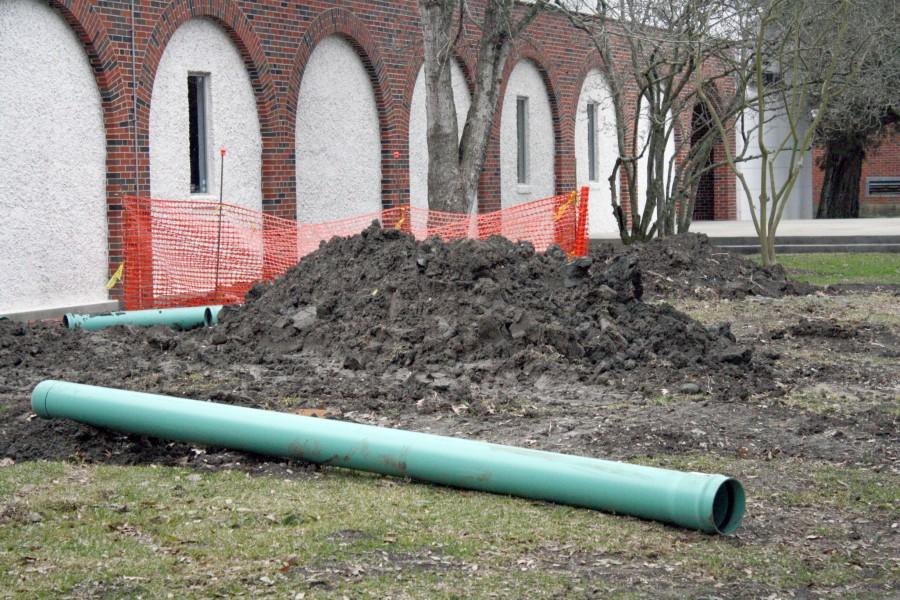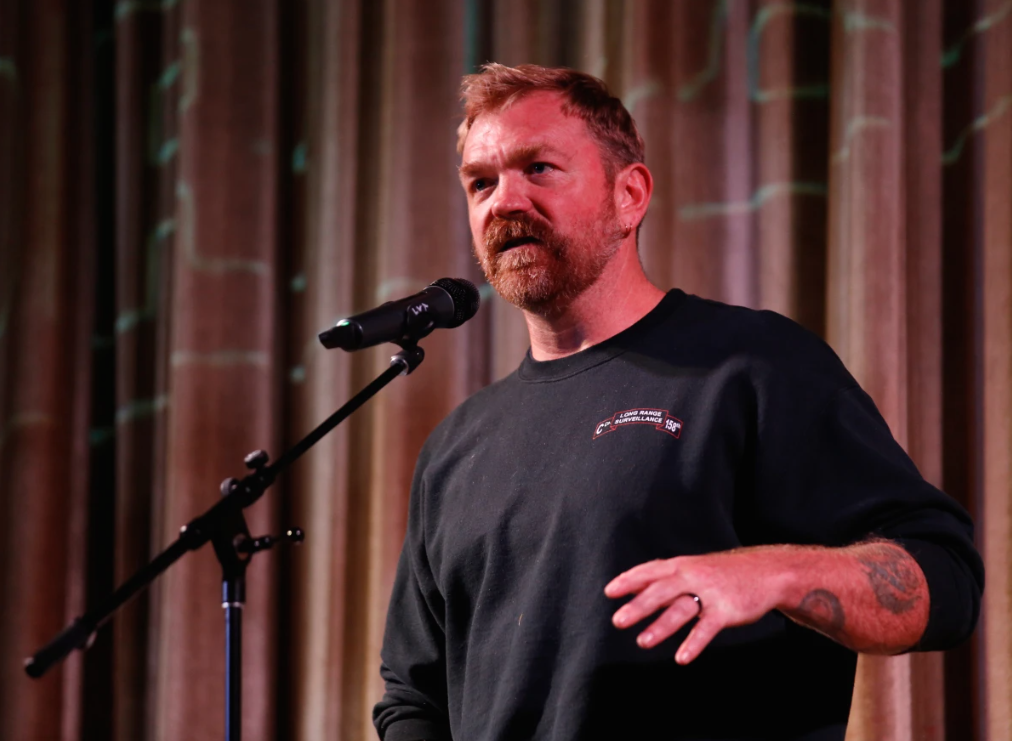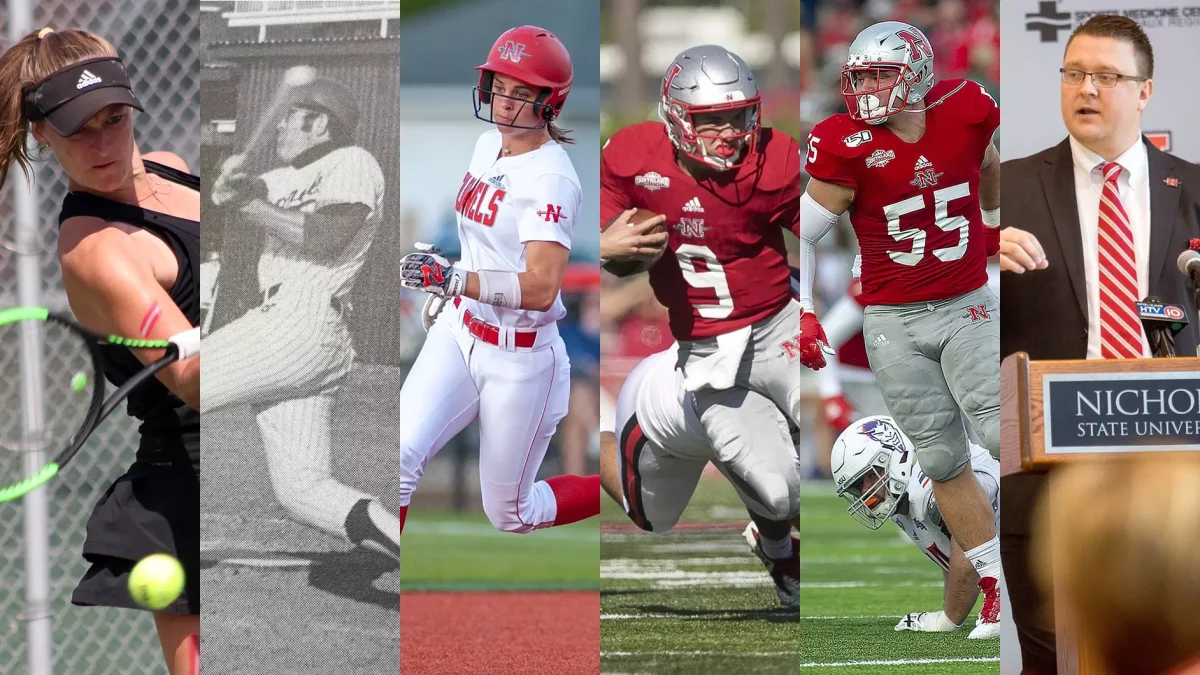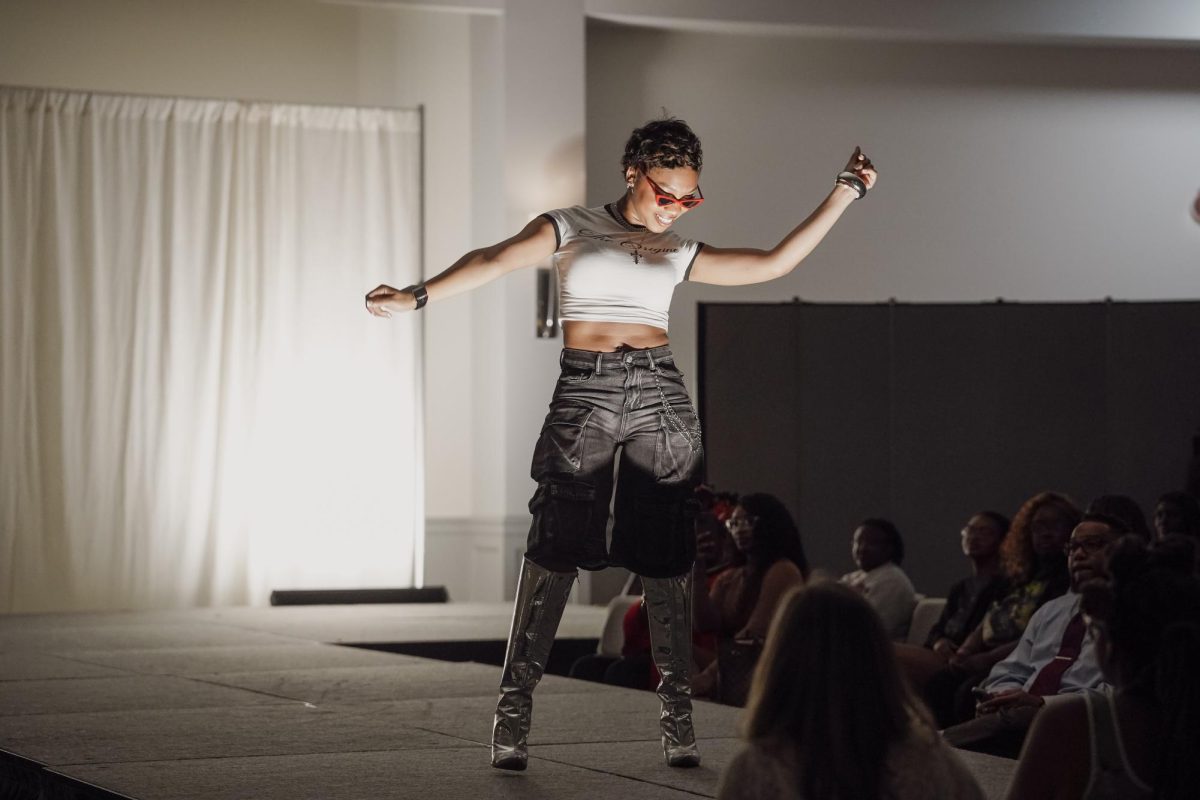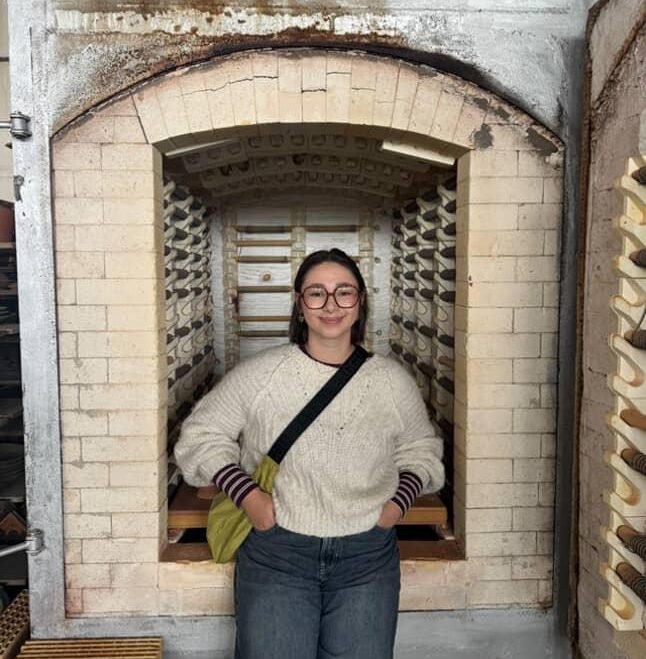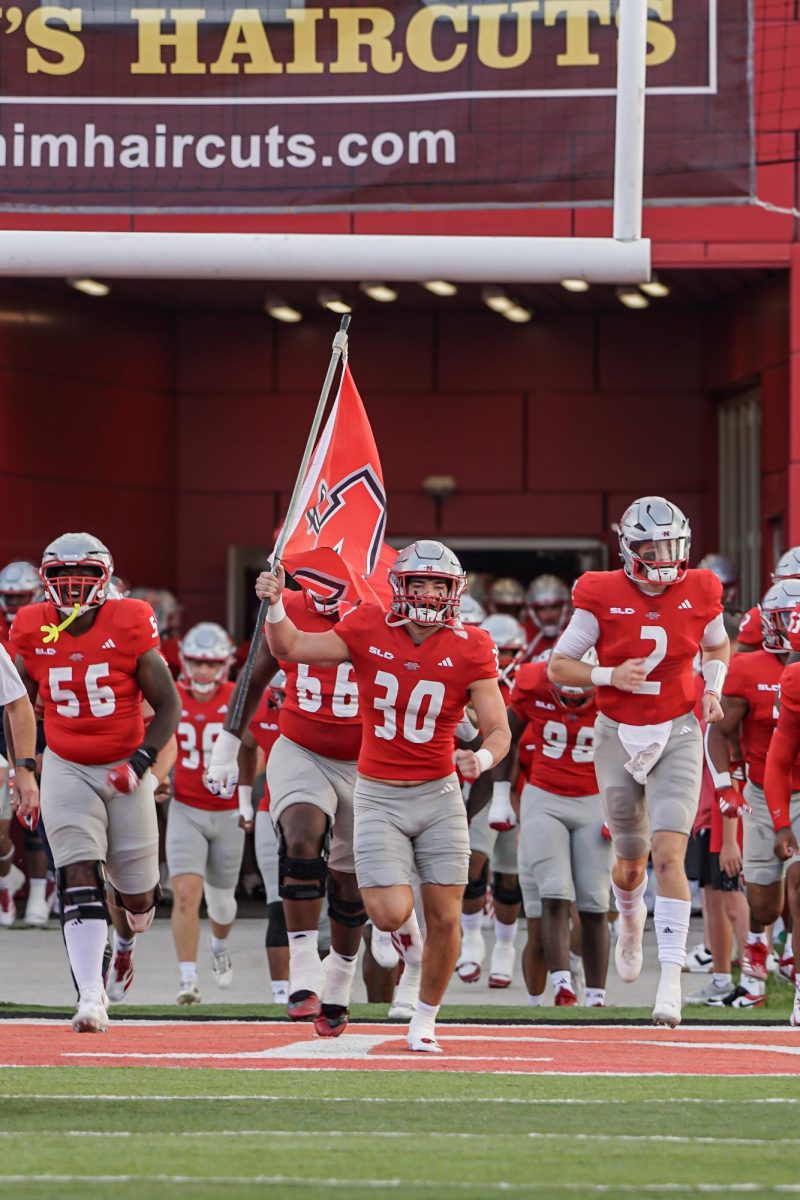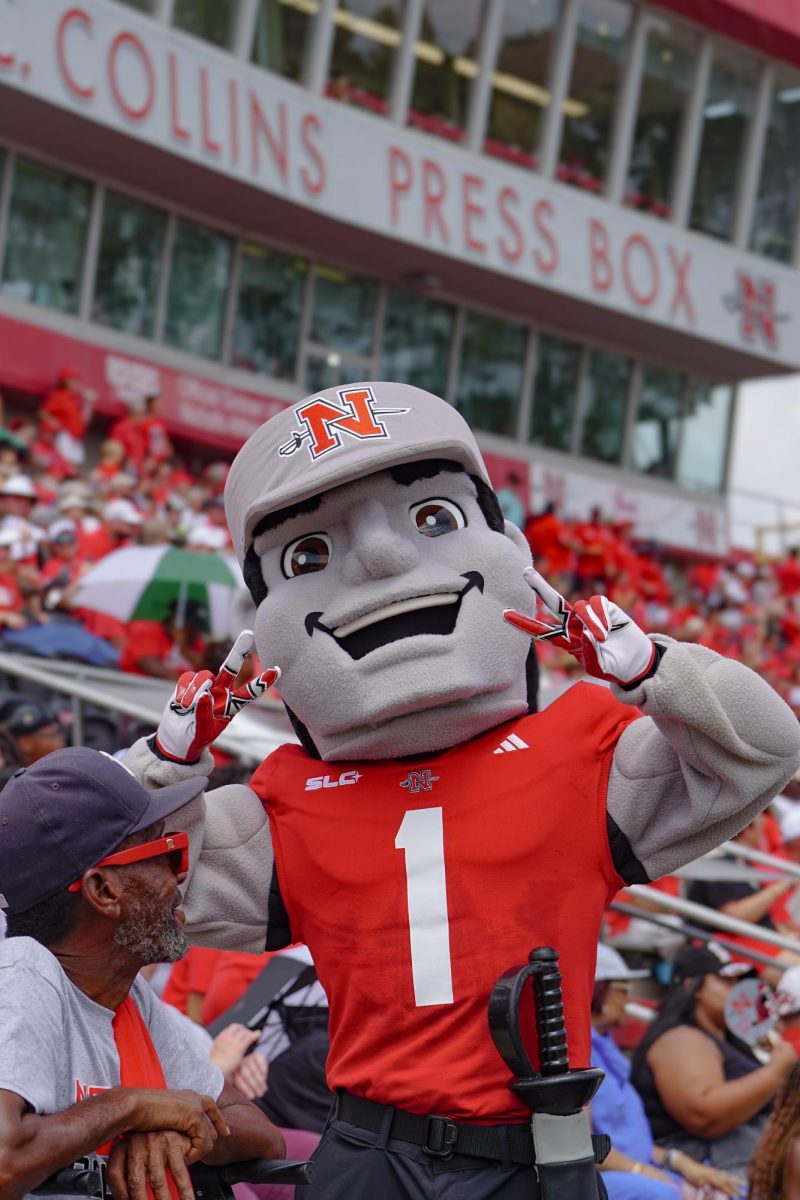Sewer lines in the quadrangle were replaced over the break, and the entire project will be complete in a few weeks.
Mike Davis, assistant vice president of facilities, said that this was done as “preventative maintenance” to catch problem areas before they become a bigger issue.
“Imagine if all of a sudden, several of our buildings jammed up,” Davis said. “We would have to rush to fix the problem, and we would have paid a lot more money for it. It would have been a total disaster.”
He said the timing worked out well because the University was able to choose when to fix the sewer lines with the smallest amount of disruption to the students.
Davis said that the University has experienced minor sewage problems in the quadrangle periodically.
“We were looking into it a little bit further to see what would have to be done, and it actually turned out to be a much-needed project,” Davis said.
He said that most of the sewer lines leading to and from the quadrangle buildings are the original lines that were put in the ground in the 1950s and early 1960s.
The pipes are made of terra cotta, a clay-based unglazed ceramic, which breaks with building pressure. In the quadrangle, some of that pipe had cracked and roots had entered.
Davis said the University had a contractor clean the pipes to see the damage.
“We sent a camera in through the sewer lines to look at the interior and the contractors could not believe that we were draining,” Davis said. “It was so clogged that they did not understand why our problems had only been minor.”
He said the University and the contractors decided to abandon the old sewer lines. Instead of removing and replacing the lines, new sewer lines were placed beside the old ones.
“The contractor did a very good job,” Davis said. “He dug trenches for the sewer lines and then re-poured the sidewalks and repaired everything so that when we opened up in January there was less of an inconvenience.”
Davis said the contractor was unable to finish the project by Powell-White Hall as expected.
“There are spread footings underground by White Hall that support that covered walkway,” Davis said. “The spread footings were much deeper and wider than the drawings indicated they were.”
He said that the best option was to install a lift station.
“This is a pump to remove the sewage in Shaver, Powell-White and the president’s house,” Davis said. “We’re waiting for that to arrive.”
Once the lift station arrives, it will be installed. Davis said this should be completed in a few weeks.
“Also, one of the sewer lines passes right under Peltier Hall and out the other side,” Davis said. “That was not smart.”
He explained that particular sewer line is not currently a threat, but if it develops a problem, it will have to be abandoned and new sewer lines will be placed around the building.
Davis said the project cost about $300,000. The money came from the approximate $4.6 million of the deferred maintenance fund given to the University from the state about a year and a half ago.
He said the fund has decreased to about $800,000 because it has been used for projects such as the elevator in Talbot Hall, the air conditioning unit in Gouaux Hall, and the fire alarm upgrades that were integrated into several buildings on campus.
“When we get into these projects, we want to do them right the first time so we don’t have to get back into it,” Davis said. “It was money well spent.”


